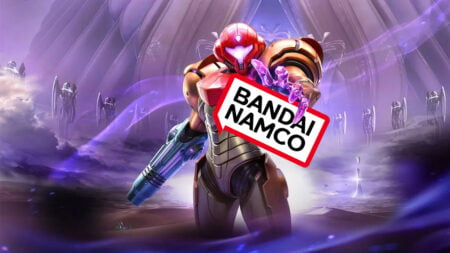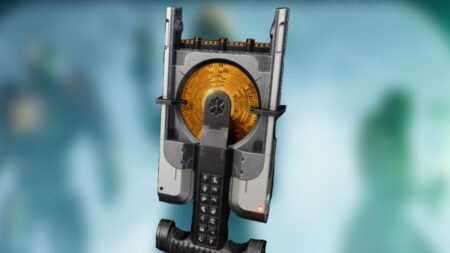Skip To...
Great music is timeless, a sentiment often shared by just about everybody who can appreciate a classic tune or two. If you drill down deeper than that, what makes it timeless? That question will have varying results based on who you ask. Some may love the lyrics, others a zesty riff or the staccato pacing of the drums. For me, it’s the melody. It’s the part that gets stuck in your head, playing repeatedly. It is powerful and can recreate intense feelings of nostalgia and memories, good or bad. A great melody persists, even if played by different musicians and with unique instruments.
Like a classic melody, Final Fantasy 7 had a profound impact on me. It’s stuck with me for years, and no matter how many other RPGs I have played since, its rhythm and effect on me have never wavered. Final Fantasy 7 Rebirth is a slick new band with expensive guitars, fancy mics, and an exquisite drum set. When these new tools come together, the modern rendition of that classic melody is just as impactful as when I first heard its groove years before.
FF7 REBIRTH REVIEW
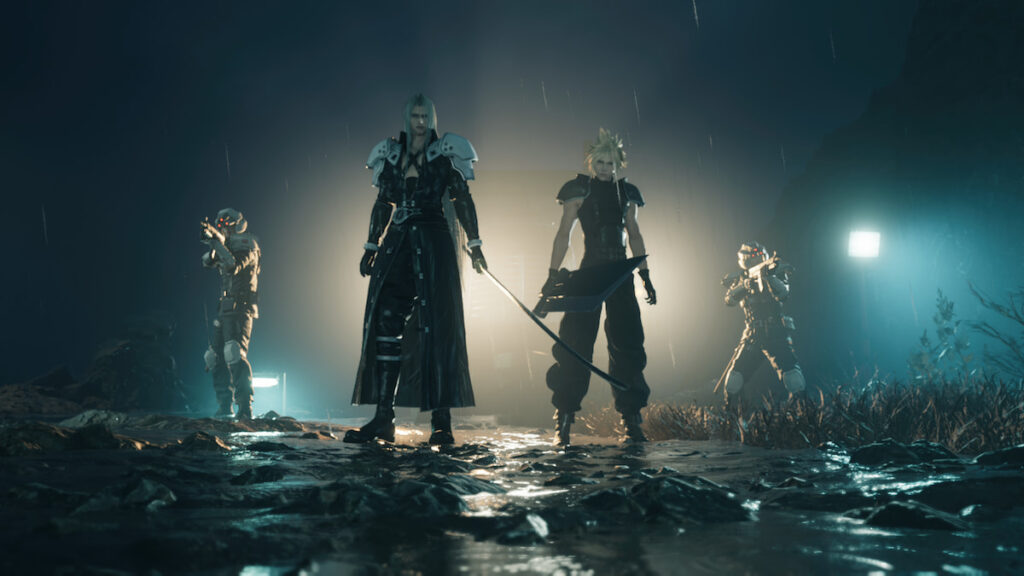
I was incredibly fortunate to be allowed some serious lead time in reviewing Final Fantasy 7 Rebirth. Picking up literal moments after the controversial ending of FF7 Remake, we find the characters recovering from the showdown with Sephiroth and fate itself. As most of you have already seen, we kick off our next chapter with what is one of, if not THE most iconic villain moment in gaming history. Sephiroth, standing in a burning Nibelheim, smirking for the world’s most iconic camera pan. It’s the moment that cemented him as a memorable villain, and to kick off a new adventure with such a haunting recreation of that moment sets the table for everything that follows.
Story: A Hazy Recollection
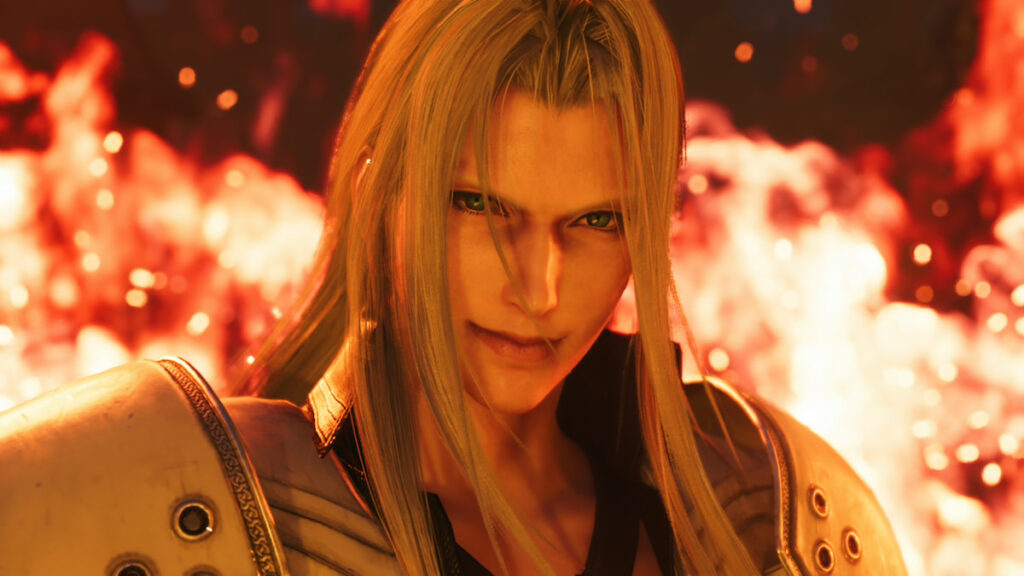
Let’s just talk about the biggest Elephant in any room when it comes to discussing Final Fantasy 7. Aerith’s infamous death in the original and what happens now, considering fate itself was seemingly destroyed, and anything can happen. I’m not going to spoil that moment. If anybody reading this loves the original as I did, no doubt seeing what transpires in this new era is a big draw for wanting to see this through to its end. All I can say about the end is I wish I could be stuck in a time capsule and frozen until the third and final piece of the trilogy was ready to play ASAP.
You’re in for a treat for the uninitiated or those experiencing this story for the first time. Cloud and company pick up some fresh faces: Red XIII, the wise creature, growling at anybody calling him a mere pet, Yuffie, Materia thief making her way from the Intergrade Expansion, and the cat…toy…thing? Creature? Lifeform? I’m never quite sure what to describe Cait Sith as, but they are here as well. They join the Avalanche crew as Cloud continues to pursue the men in black robes, hoping for a lead on Sephiroth. Unlike Remake, you get to see a world beyond Midgar. The Grasslands, Junon, Cozmo Canyon, and so many iconic locations from the original are brought to life in stunning detail. Shinra is an ever-present threat, pursuing the robed men for their own purposes while having a healthy disdain for Cloud and company.
The overarching story has some new wrinkles, but nothing so transformative that the plot feels all that different from the original. You may see and meet some characters in different spots or fight a new boss here or there, but the ending of Remake did not create some spiraling what-if scenario for us to experience. For the most part, this is that story, with additional layers of depth and nuance, yet not too different in any regard.
One thing I did mean to speak about was how goofy and charming most of the story was. After spending so much time with Clive’s bleak and grim story of revenge, Rebirth’s story was a drastic change of pace. Yes, big anime hair and swords fight have that “badass” Advent Children gravity-defying style, but moments of humor and oddball antics are layered everywhere. From the main plot to the sidequests and NPCs you encounter, it almost feels like I was playing something inspired by Like a Dragon in its approach. It’s refreshing, and what could be a somber-filled trip leading to this future we all fear is instead jubilant, joyful, and pleasant to experience.
Gameplay: More Materia More Problems
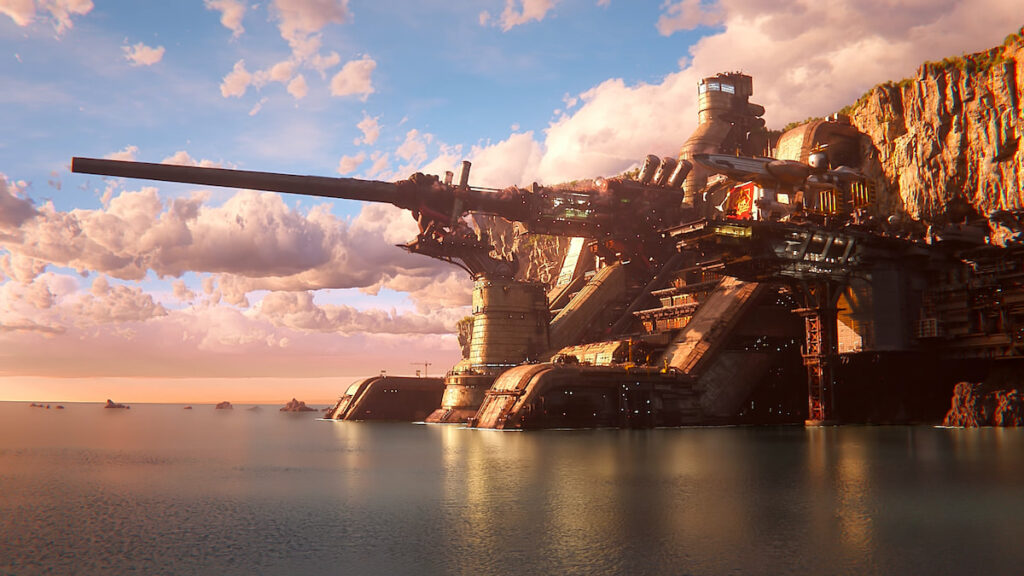
The moment-to-moment gameplay experience honestly hasn’t changed that much from Remake to Rebirth, and honestly, that’s not a bad thing. Combat and how it interpreted the classic turn-based ATB system in real-time was a highlight of Remake, and it’s even better in the second go-round. The addition of more playable characters brings much-needed variety to combat. Each hero might share Materia, but they come to life with unique combat mechanics that add depth and layers to each encounter.
I won’t get too into the weeds of the combat or even the basic flow of gameplay. By the time you read this, two demos of FF7 Rebirth give a fairly good example of what you can expect. One big highlight I enjoyed was the Synergy system. Outside of the utility of the team-up attacks, it feels good to have a different mechanic to focus on during combat, even if it doesn’t feel necessary.
The much more impactful gameplay revolves around the world design itself. There’s so much more to do in Rebirth that it can initially seem overwhelming. As soon as you leave Kalm and are thrust into the open world proper, the world comes to life with almost endless potential. Unlike FF16, this open world is a far richer environment to explore. Enemies are well-spaced out, so the flow of exploration isn’t hampered by endless trash mobs mucking up your travels. The characters are agile, and having a jump button isn’t going to make any other open world game jealous, but it does add a lot of depth to Rebirth that Remake, 16, and the original just don’t have.
Now, nothing about Rebirth’s open world is truly revolutionary. It has towers to discover, monster battles to find, mounts to tame, and hidden chests to loot — honestly, all very basic and generic boilerplate mechanics. As rote as they are, it made me realize something: I’m down for that. Not many studios are putting out that kind of open world anymore, and despite being fairly bland on their own, they are still satisfying to just go around and complete. Each checkbox I ticked off was a dopamine hit for my completionist OCD. Also, to their credit, while the open world activities are ho-hum, they do end up building towards larger stories and overarching plots that are all worth seeing through to their end, with some great rewards to boot. I don’t want to give any of that away, but it is worth investing in and fully exploring each region and seeing all it has to offer.
Graphics & Audio: One Winged Symphony
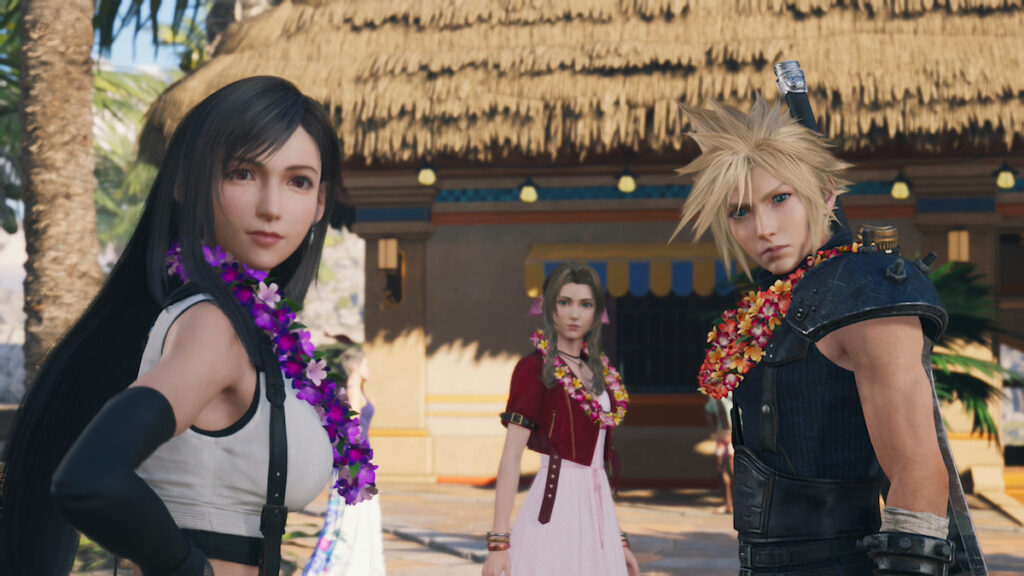
Now, I’m not a master of the visual arts like Digital Foundry by any means. I also don’t play games with a pixel counter running the whole time. The demo that I mentioned above is a very fair representation of the highs and lows of the visual presentation. I could go on about moments where the visuals look soft or some texture work fading in on very rare occasions during my 100-plus hours, but none of that bothered me. Of course, as a critic, one can point and say, “Well, it’s not fair to take this game to the task, but not that one,” and you would be right. But to that person, though, I’ll counter with this: “I don’t care.” FF7 Rebirth does benefit from the nostalgia play, as the novelty of simply experiencing these iconic moments and memorable locations so lovingly recreated and built with such scale in mind more than makes up for sacrifices that had to be made in Performance Mode to maintain a silky smooth framerate.
Final Fantasy 7 Rebirth is beautiful, and for all of the Mount Corel rocks and ugly cliffs, the Costa Del Sol beaches and Golden Saucer amusements are bursting with color and life. Square Enix knew the moments that mattered to fans of the original, and seeing those sequences elevated to new heights is basically what every hardcore fan dreamed of when the Remake project was initially announced. Even more so than the visuals, once again, the audio presentation is unmatched and second to none.
Every region’s theme and how it blends into the FF7 combat theme so elegantly and seamlessly transitions into and out of combat is incredible. Even after 100 hours, I never tired of any one theme in particular, and just as you think you’ve heard every possible rendition of the victory fanfare, you get whit with a death metal variant that quite literally rocks your socks off. Each mini-game, of which there are many, Queens Blood, boss fights, and elevator music, is varied, rich, and creative. It’s the one unassailable part of Rebirth and is quite literally perfect.
Mini-Game Mayhem

Before I wrap up my thoughts, I did want to give special love to the sheer number of mini-games and Queens Blood. All of the mini-games you had before are back and better than ever. They are unique, offer multiple challenge levels, and even have some genuinely great rewards for perfecting them. I also must briefly speak on Queens Blood, and not because it isn’t worthy of a full review on its own, but more because I did my best not to play it; otherwise, I would never have had time to play this game and write this review in a timely fashion.
Queens Blood is a fantastic card game with clear rules that can be modified in various ways, an interesting progression, and tons of depth. It’s addicting, and I could see it becoming a staple of the series. Let’s just hope it doesn’t crossover into FF14; otherwise, I’m a lost cause.
Conclusion: That Somber, Sweet Sound
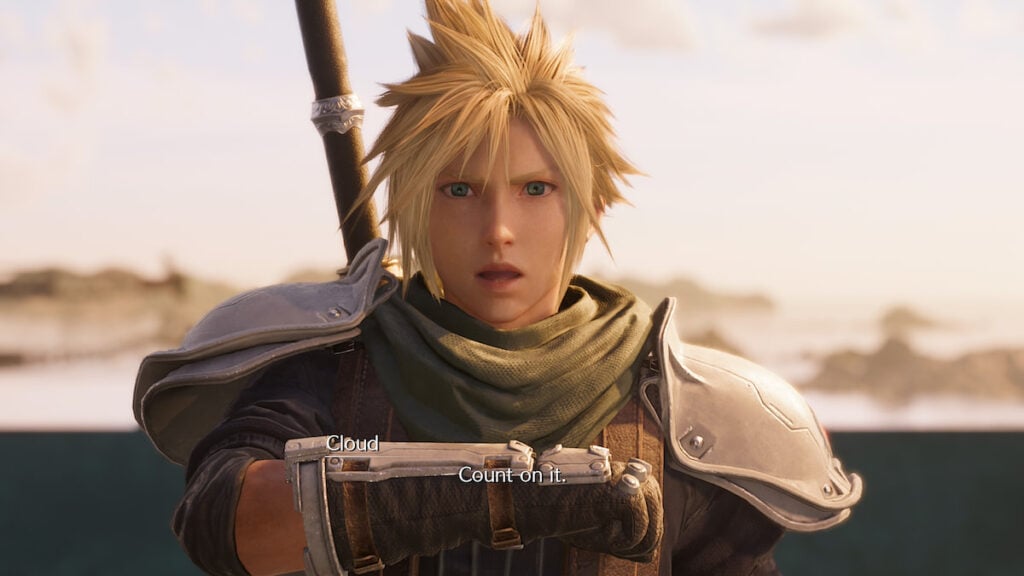
I absolutely loved my time in Final Fantasy 7 Rebirth. It’s far more than a nostalgia play, and it modernizes the original while also taking some design cues from popular contemporaries to stand on its own. The style and world of Final Fantasy, with the humor and brevity of Like a Dragon, and the open world exploration and flow of a Xenoblade — Final Fantasy 7 Rebirth tells a very bold and ambitious story that is faithful but isn’t afraid to touch something that isn’t broken. Whether it works or not is up to each person who plays it, but I very much enjoyed dancing to the fresh and exciting take on one of my favorite melodies of all time.
Final Fantasy 7 Rebirth (PlayStation 5 Reviewed)
Final Fantasy 7 Rebirth tells a very bold and ambitious story that is faithful but isn't afraid to touch something that isn't broken.
Pros
- Excellent Visuals and Music
- Massive, immersive world to explore
- A deep story backed up with great combat
Cons
- Some needless padding in spots
- Some characters are more fun than others.




